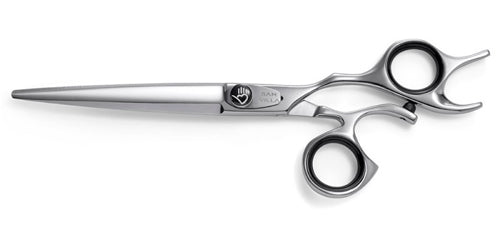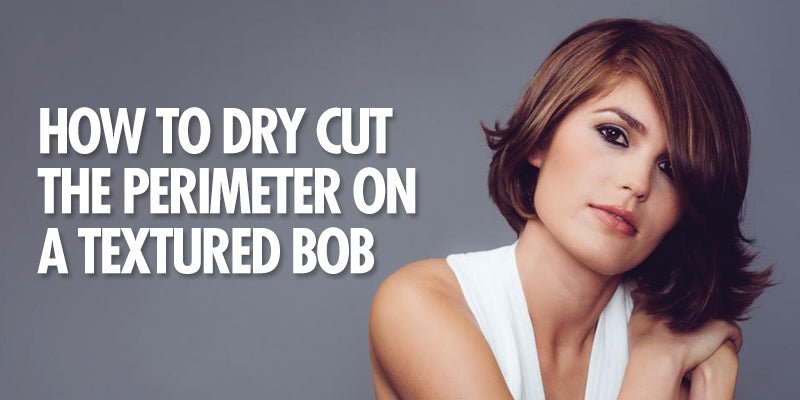
Create the roadmap to your style by sectioning your layering pattern for your haircut, prior to cutting. Andrew Carruthers, Cultural Ambassador for Sam Villa shares the key differences between vertical and horizontal sections, and when to choose which!
WHAT IS THE MAIN DIFFERENCE BETWEEN VERTICAL AND HORIZONTAL SECTIONS?
The main difference between the two layering patterns is how the weight is distributed and how visual the cutting line is.
A vertical section leads the path of the eye up and down which reduces weight in a shape and creates the illusion of length. This will create a flatter silhouette.
A horizontal section leads the path of the eye from left to right. This type of line builds weight into a shape and creates width.
For example: More blended layers versus visual structure throughout the haircut.
WHEN SHOULD YOU CHOOSE A VERTICAL SECTIONING TECHNIQUE?
- When cutting a square layer (or flat layer), typically we take vertical sections and elevate the hair at a 90 degree vertical angle. When the hair is cut across the ends, it creates an even flat line so when the section of hair falls, the layers softly blend into the lengths.
- When more texture is desired, elevate the hair at a 90 degree vertical angle and point-cut cut with shears held perpendicular to the section.
• This technique will create more dimension with soft edges that blend with the change in elevation. - Vertical sections are ideal for clients with thick/coarse hair with concerns of hair being “too wide” or “poofy”.
WHEN SHOULD YOU CHOOSE A HORIZONTAL SECTIONING TECHNIQUE?
- Horizontal lines are typically cut at the perimeter for a blunt line.
- For more visual impact and variations of weight, use horizontal sections and a point cutting technique on a horizontal section, elevated at 90 degrees. The hair will fall at the same angle which it was cut yet with a more graphic line.
- Horizontal sections are a great way to add depth and volume to haircuts.
FINAL WORDS
We hope these key differences can assist you in choosing the right sectioning and layering for your haircuts and help to make an impact on your work behind the chair!
Recommended Tools for this technique:
Related Blog Posts:







